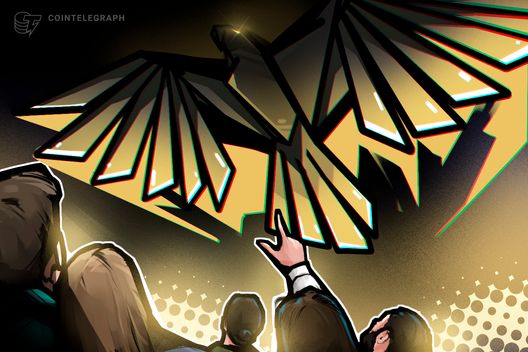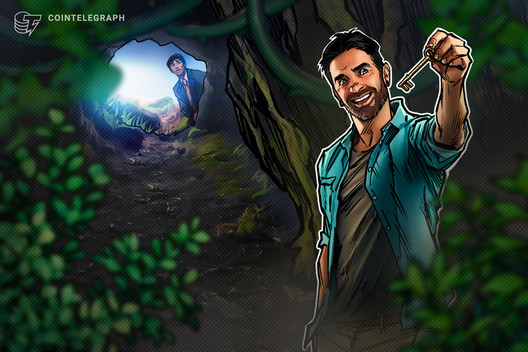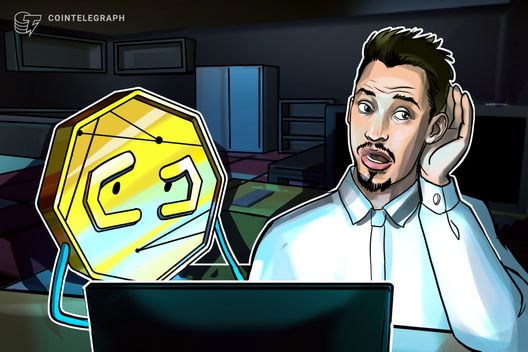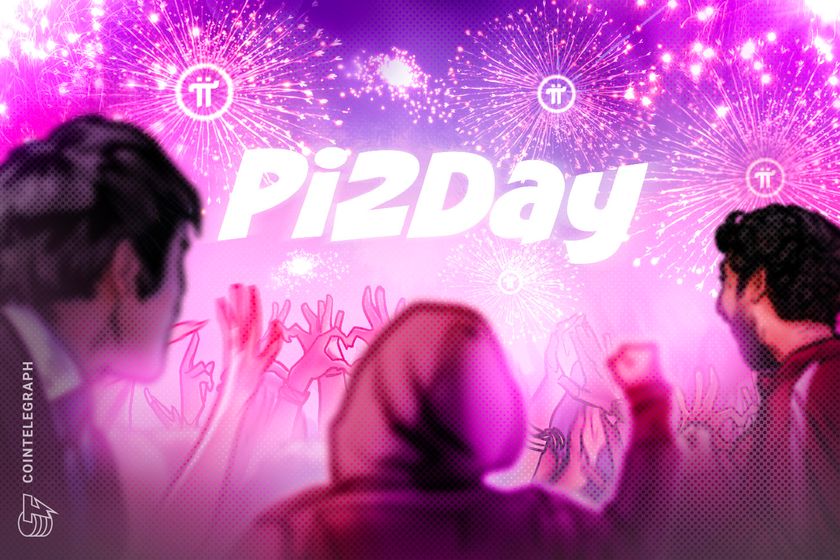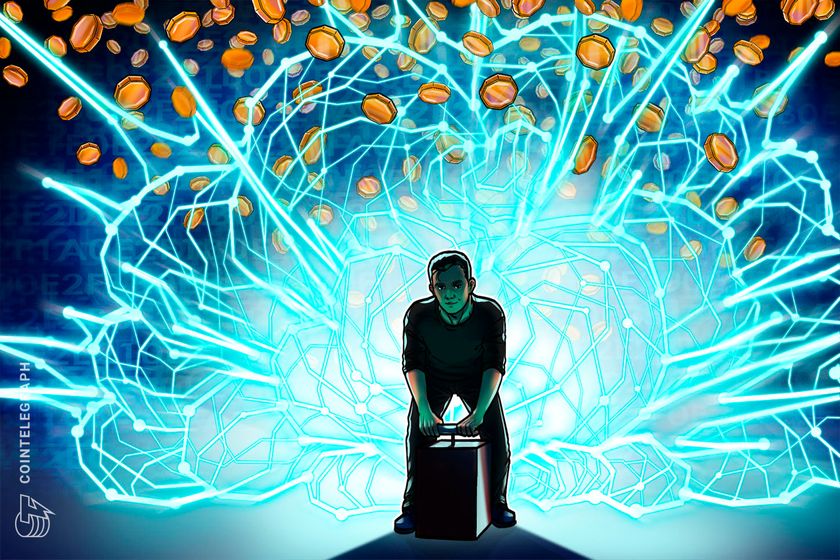What happens to a blockchain when nobody uses it?
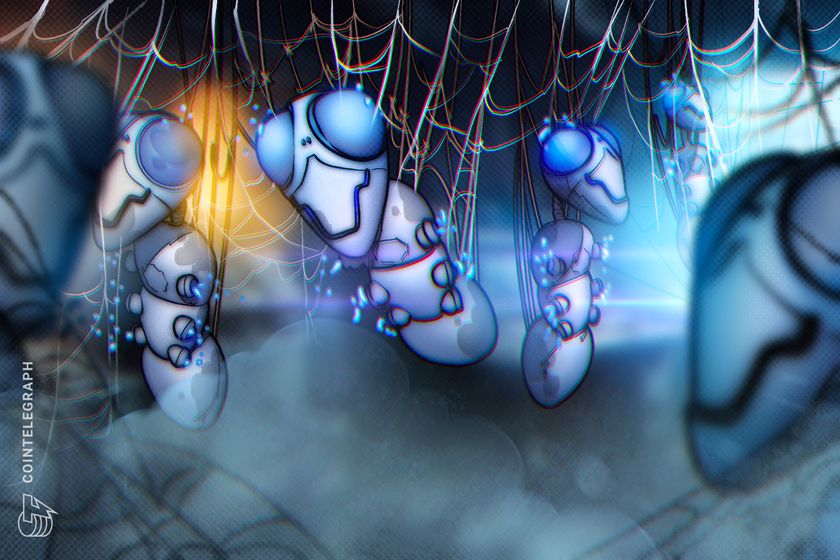


Why some blockchains die
Blockchains can die from flawed tokenomics, scams, security issues or lack of community and development momentum. Without active participation, even cutting-edge technology gathers dust.
Ever heard of a blockchain that no one uses? It happens more often than you think. While the cryptocurrency space is full of innovation, but not every blockchain finds its tribe. Some are ghost towns with zero transactions, no developers and just a handful of holders stuck with worthless tokens. So, what makes a blockchain go quiet? And can they ever come back to life?

Not all blockchains are built to last. Some blockchains, like Bitcoin, Ethereum and Solana, have survived harsh market conditions, proving their resilience. Terra, however, plummeted from top-tier status to near oblivion in 2022 after its algorithmic stablecoin imploded.
Even well-intentioned projects can fail. Without ongoing development, user incentives or a strong community, blockchains can become unusable. Once the validators stop running nodes, the network effectively turns into a broken time capsule.
Blockchain adoption challenges in 2025
Blockchain adoption in 2025 still faces hurdles like unclear regulation, fragmented developer tooling, infrastructure gaps and the struggle to attract real users over bots despite some chains like Ethereum and Solana paving the way forward.
Regulatory uncertainty is one of the biggest roadblocks. Governments are still figuring out how to regulate crypto, and inconsistent or overly restrictive rules can strangle innovation before it takes root. Beyond policy, a thriving developer ecosystem is non-negotiable. Jumping between languages such as Solidity, Rust and Move-based systems demands versatility, and not every blockchain can lure the talent it needs to grow.
Then there’s the user problem — chains are overrun with bots chasing airdrops instead of real people engaging with the tech. Without authentic activity, a network’s bustling metrics are just smoke and mirrors.
Infrastructure is another major hurdle. Strong blockchains need robust tooling, high-quality remote procedure call (RPC) services and a decentralized validator set that ensures uptime and security. In the context of blockchains, RPC services refer to a mechanism that allows applications (like wallets, DApps or developer tools) to communicate with a blockchain network remotely.
On top of that, a thriving blockchain must rally a strong community of users, builders and commentators who genuinely believe in its long-term success.
Handling fear, uncertainty and doubt, or FUD, credibly is another test, especially when negative narratives arise; how a blockchain ecosystem responds can make or break trust. Keeping user loyalty while maintaining a sense of novelty is a delicate balance.
Ethereum has mastered this across multiple market cycles, evolving while retaining its core developer and user base. Since the FTX collapse in 2022, Solana has demonstrated resilience, overcoming reputational damage to rebuild its ecosystem, attract developers, and drive real usage through improvements in speed, efficiency and community support.
Did you know? Blockchain nodes expose RPC endpoints (often via HTTP or WebSocket protocols) that handle these requests. For example, when you use a decentralized app (DApp) on Ethereum, it might connect to an RPC service like Infura or Alchemy to fetch data or broadcast transactions.
What blockchains are still active in 2025?
As of April 2025, Ethereum, Solana, Bitcoin, BNB Chain, Polkadot, Near, Sui and Tron stand out as active blockchains, each excelling in distinct niches — DApps, speed, value storage, affordability, interoperability or scalability.
Active chains show daily user engagement, developer momentum and sustained transaction volume, while inactive ones become digital graveyards.
Not all blockchains are dead, but not all are thriving, either. Below are the insights into the standout survivors shaping the crypto landscape as of April 2025:
- Bitcoin: Bitcoin focuses on value storage, with a $1.636-trillion market capitalization on April 6, 2025, and regular transactions. The 2024 Bitcoin halving and approvals of exchange-traded funds (ETFs) keep it relevant. About 960 developers work on scalability, like Lightning Network, despite limited smart contract features.
- Ethereum: It powers decentralized finance (DeFi), non-fungible tokens (NFTs) and DApps, processing millions of daily transactions via layer 2s like Arbitrum as of April 2025. It had over 5,900 monthly active developers in June 2023. High total value locked (TVL) persists, though gas fees are a challenge without layer 2s.
- Solana: According to DefiLlama, Solana’s daily active addresses reached 3.68 million as of April 8, 2025. The surge is likely supported by its fast transactions and low fees. After the 2022 FTX dip, it recovered, supporting gaming and DeFi. It had over 1,400 developers in June 2023, with past outages noted as a concern. Also, the TRUMP token’s crash in March 2025, dropping over 85% from its January peak, strained Solana’s momentum.
- BNB Chain: Binance’s BNB Chain has 1.93 million daily users as of April 1, 2025, with affordable transactions. It shows notable TVL and volume, mainly in DeFi and gaming, though its centralized nature is debated.
- Polkadot: Polkadot connects blockchains, with over 1,900 developers in June 2023 working on interoperability. It supports multiple parachains, with moderate but growing activity as of April 2025, though it’s less accessible to casual users.
- Near Protocol: Near logs 3.18 million daily addresses as of April 1, 2025, using sharding for scalability. It supports DeFi and gaming, with developer tools aiding growth, but it’s still proving itself against larger chains.
- Sui: Sui, with 2.46 million daily users as of April 1, 2025, uses an object-oriented model for speed. Active in DeFi and gaming, it’s newer and lacks the ecosystem depth of older networks.
- Tron: Tron has 2.45 million daily addresses as of April 1, 2025, focusing on stablecoin transfers like Tether USDt (USDT). It handles high throughput but has limited DApp variety compared to others.
Inactive chains like EOS and Terra, impacted by governance or collapse, contrast with the above blockchains.
So, a blockchain’s success hinges on its daily activity. How many people are actually transacting on a blockchain every day? Are developers still building new DApps? Is there any meaningful transaction volume? If the answer to these questions is “not much,” the chain might be on its way to becoming a digital graveyard.
Did you know? According to Santiment, the top five Ethereum-based cryptocurrencies by development activity in March 2025 were Chainlink (LINK), Starknet (STRK), Ether (ETH), EigenLayer (EIGEN) and Fuel Network (FUEL). This ranking reflects the volume of development work, a key indicator of potential growth and innovation in the crypto market.
Blockchains that faded: What went wrong?
Blockchains like EOS and Terra teach us that hype isn’t enough. A blockchain needs real utility, trust and continuous innovation to survive.
Cases like EOS and Terra show that initial excitement isn’t enough to sustain a blockchain. Long-term survival seems tied to practical utility, trust and ongoing development rather than just hype.
Some blockchains started with potential but struggled to maintain traction. EOS, once called an “Ethereum killer,” raised $4 billion in its 2017 initial coin offering (ICO). By 2025, it saw minimal use, affected by governance challenges and low adoption.
Terra and its LUNA token faced a steeper drop in 2022 when its algorithmic stablecoin unraveled, erasing billions in value.
These examples suggest hype alone doesn’t ensure staying power — blockchains appear to need real use cases, solid security and active evolution.
Community often marks the divide between a blockchain that endures and one that fades. Ethereum has weathered multiple downturns, supported by a large developer base and active users. Developers building DApps draw in users, creating a cycle of growth. Validators and stakers enhance trust, boosting liquidity. Without this participation, even technically advanced chains struggle to remain relevant.
How to spot a living blockchain
Metrics like transaction volume, TVL, developer activity and validator count are essential signs of whether a blockchain is alive and trusted.
How can you tell if a blockchain is healthy? Transaction velocity and volume are major signs. A strong, active blockchain sees consistent transactions, while low activity is a red flag. Total value locked (TVL) is another critical metric because if DeFi users trust a chain, they’ll lock funds into its protocols. A declining TVL suggests that users are leaving.
Developer activity is also crucial. Are new projects launching? Is there ongoing development? A stagnant developer ecosystem often signals trouble. Validator and node count matter, too. A high number of validators shows decentralization and network security. And finally, liquidity and the onchain economy play a big role. If liquidity is drying up, so is the chain’s future.
Developers and founding teams move across blockchains if they can’t scale from where they are originally based. It comes with a cost, often to rebuild skills and user base. But multiple projects moving out of a chain can indicate a bearish trend for the chain, and vice versa could also be true.
For example, on April 3, 2025, the gaming project Infecteddotfun announced that it was shifting from Base to Solana due to scaling struggles. The project’s viral speculative simulation game drew 130,000 signups in 48 hours, overwhelming Base with transaction demand, spiking gas prices and halting gameplay. The team pointed to Ethereum Virtual Machine chain limitations, favoring Solana’s user-centric culture and robust user base.
What brings a blockchain back to life?
Inactive chains can return if they find compelling use cases, have a strong community, offer strong incentives, or evolve into new forms like layer-2 solutions.
So, can a dead blockchain come back to life? Sometimes. The key is finding a reason for people to return. A new use case can revive interest, especially if it solves a real problem. Protocol upgrades that improve scalability, fees or interoperability can also rekindle activity.
Strong incentives, such as grants, airdrops or liquidity rewards, can attract developers and users back to a network. In some cases, struggling projects pivot into layer-2 solutions or merge with more active ecosystems to stay relevant.
But most of all, a thriving community that has a high conviction on the future of a chain can lead to its resurgence from the worst. Solana’s rise from the FTX debacle due to a committed community is a case study in that respect.
The blockchain world moves fast. Some networks thrive, and some fade into obscurity. The ones that last are those with strong community support, real-world utility and continuous innovation. If a blockchain is silent today, it doesn’t mean it’s gone forever, but reviving it takes more than just wishful thinking.

